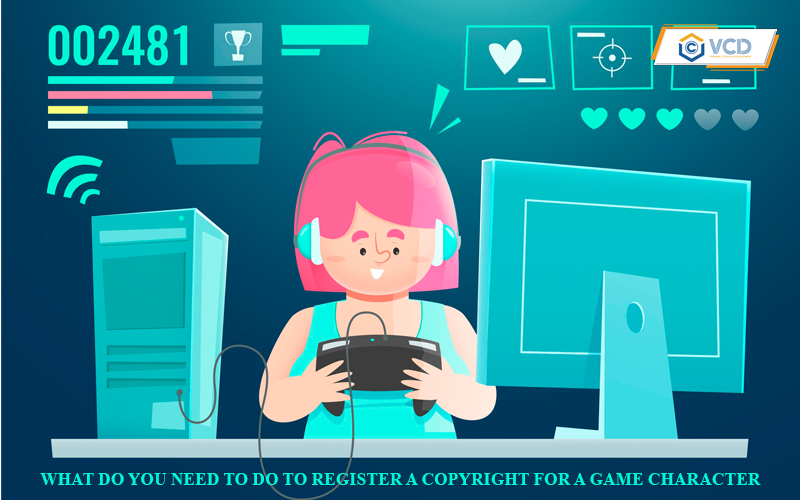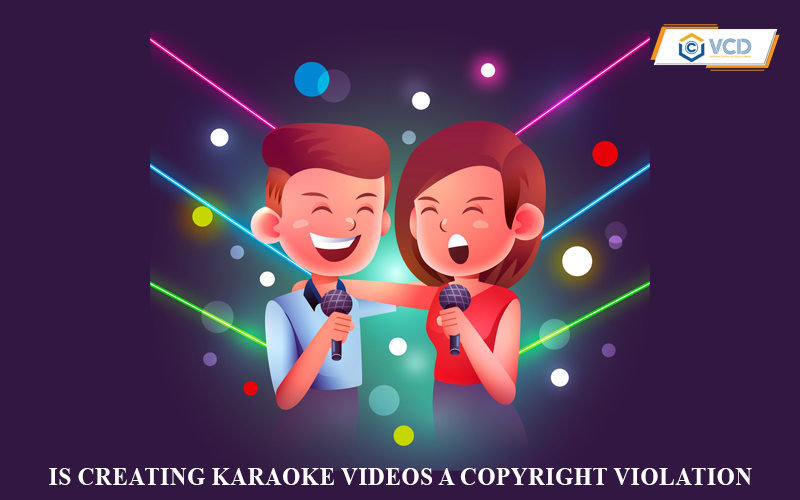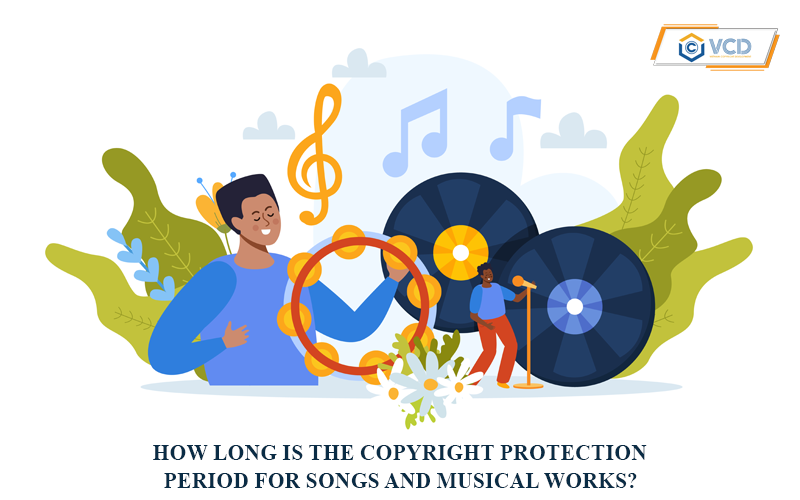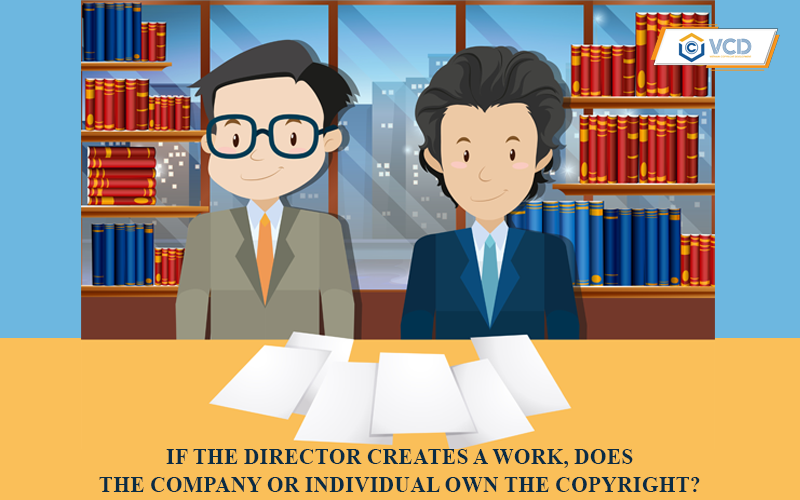What do you need to do to register a copyright for a game character?
Game characters are not only the soul of the game but also a valuable intellectual property for the developer. From appearance design, personality to the associated storyline, all reflect the unique creativity of the production team. However, if not legally protected, these characters are very susceptible to being copied or illegally exploited. So, what do you need to do to register a copyright for a game character? Let’s find out more with VCD through the article below.
1. What is registering a copyright for a game character?
According to the provisions of the Intellectual Property Law and Decree 17/2023/ND-CP, any work expressing creativity in a specific material form can be protected by copyright. In particular, game characters are considered works of visual or applied art, including images, personalities, behaviors, dialogue, costumes and related storylines.
In other words, registering a game character copyright is when an author or developer submits an application to the Copyright Office to be granted a Copyright Registration Certificate – a legal document confirming legal ownership of that character.
2. Why is it necessary to register a game character copyright?
Although copyright arises automatically from the moment the character is created and shaped in a certain material form, in reality, copyright registration is still an extremely important and necessary step to ensure the legitimate rights of the creator, especially in today’s competitive and highly globalized gaming environment.
Specifically, registering a game character copyright is necessary because:
- Proving legal ownership: A copyright registration certificate is the clearest and most valuable legal evidence when a copyright dispute occurs. In case another party copies or uses the character’s image or idea without permission, the owner can easily prove his/her rights and request handling of violations according to the law.
- Easy commercial exploitation: Once the game character is protected, the owner can transfer, license, or cooperate commercially with third parties in many fields such as movies, advertising, fashion or souvenir production. Having a copyright certificate helps increase reliability and transparency in contracts, while opening up opportunities to generate sustainable revenue from the character.
- Minimize the risk of infringement and disputes: In the game industry, duplication of ideas or creations is very likely to happen. Once a copyright certificate is available, the developer has a basis to assert creative priority, helping to avoid lengthy and complicated legal disputes.
- Advantages when expanding to the international market: A copyright registration certificate in Vietnam is an important legal basis when wanting to register or protect in other countries under the Berne Convention. This is especially meaningful for game studios aiming to publish products to the global market, ensuring that the character is still protected in a wider scope.
In short, copyright registration is not only a legal protection measure for creative achievements, but also a long-term strategy to help enhance the brand value of the game developer, creating a solid foundation for product commercialization and expanding operations in the international market.

3. What does a game character copyright registration file include?
To register a game character copyright, the author or business needs to prepare a complete file according to the instructions of the Copyright Office, including:
- Copyright registration form (according to the prescribed form);
- A detailed description of the character, stating: Character name, appearance, style, identifying features; story, role in the game, creative ideas;
- Image or character design (2D, 3D, concept art…);
- Excerpt or script showing the character in the game (if there are dialogues, actions…);
- Documents of the owner and author: CCCD or passport, business registration certificate (organization);
- A guarantee that the work is created by the author himself/herself and not copied;
- Authorization letter (if submitted through a representative unit).
After completion, the dossier is submitted to the Copyright Office for review. Within 15 – 20 working days, if the dossier is valid, the author or owner will receive a Certificate of Copyright Registration for the character in the game.
4. Some notes when registering copyright for game characters
Here are some important notes when registering copyright for game characters that not everyone knows:
- If the game has many characters, you can register a common set of characters to save costs.
- You should register the entire game product (interface, sound, plot, characters) for comprehensive protection.
- For group creative products, you need to clearly identify the ownership and contribution of each member before submitting the application.
Above is the article “What to do to register copyright for game characters” compiled and shared by VCD. Hopefully this information will help you better understand the process, benefits as well as the necessary documents when registering copyright for your game character.
Sincerely,



















